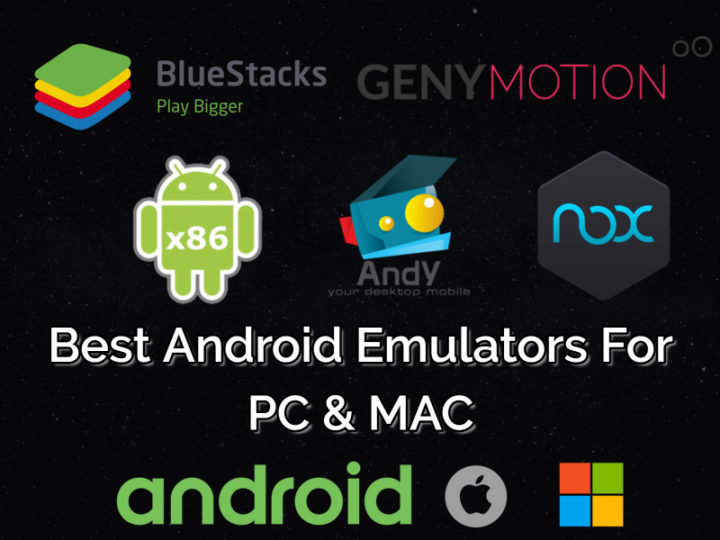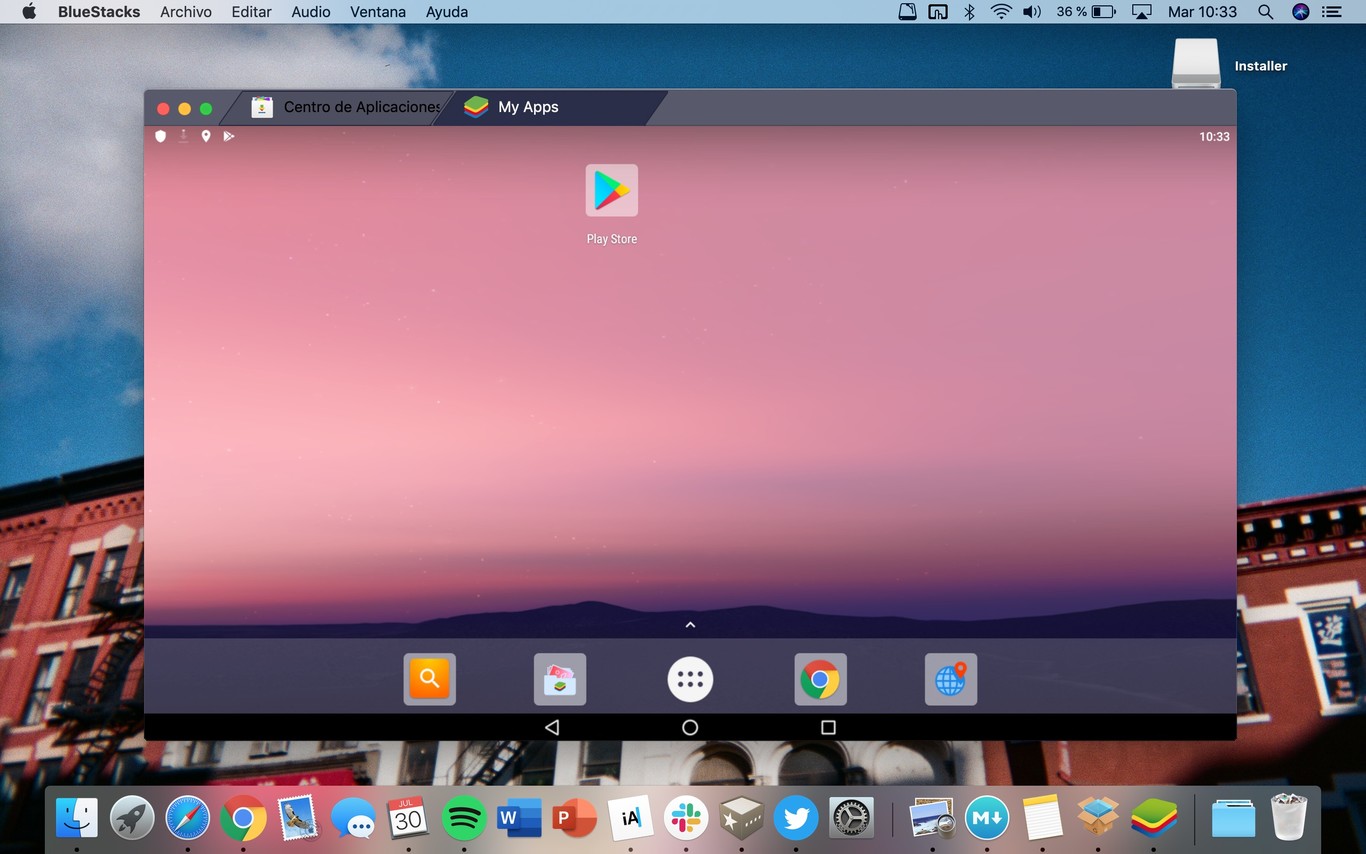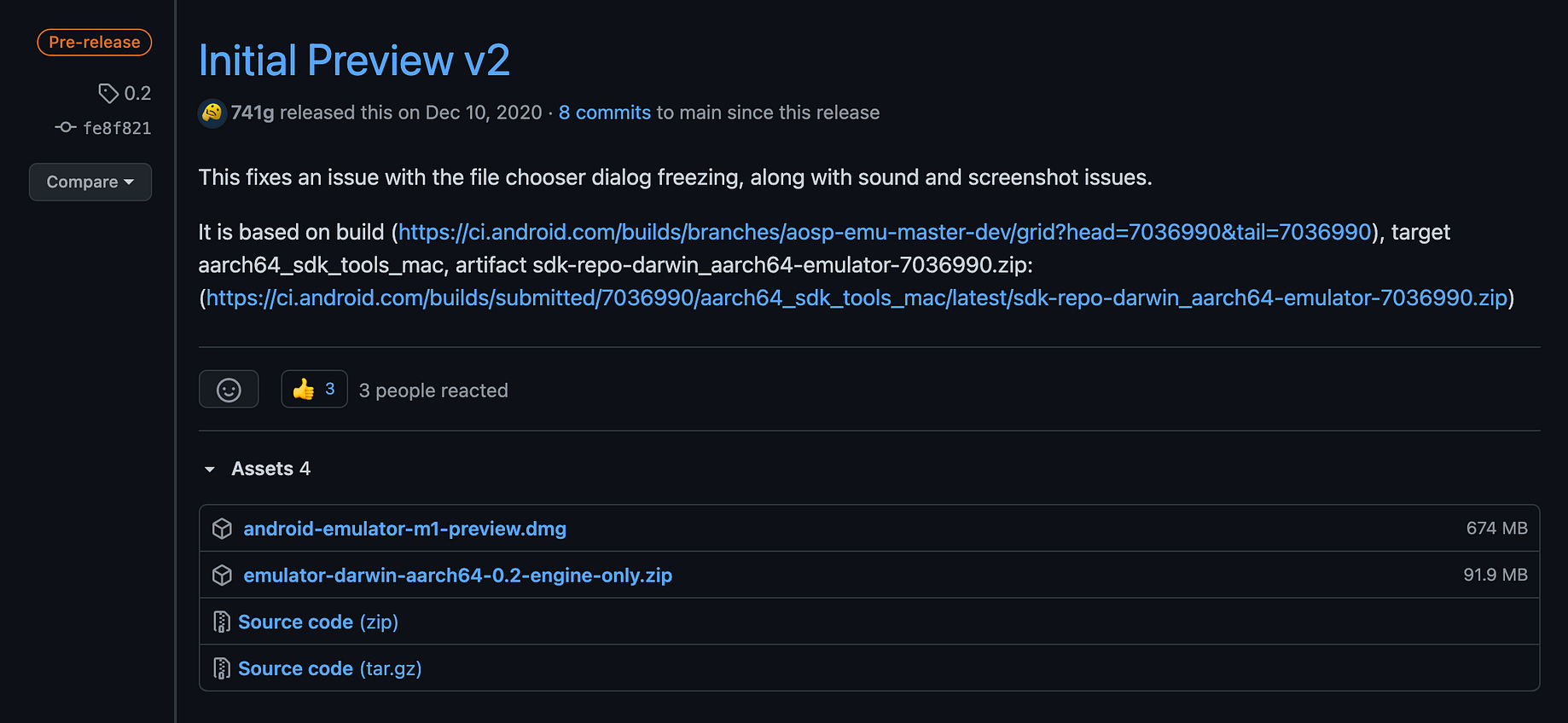

- #ANDORID EMULATOR MAC FOR FREE#
- #ANDORID EMULATOR MAC HOW TO#
- #ANDORID EMULATOR MAC FULL#
- #ANDORID EMULATOR MAC FOR ANDROID#
#ANDORID EMULATOR MAC FULL#
Open the Terminal app and type the following command: $ANDROID_HOME/tools/emulator -netdelay none -netspeed full -avd Nexus_5_API_25 Stop the emulator started by Android Studio.
#ANDORID EMULATOR MAC HOW TO#
How to start Android Emulator from Terminal? Which can be shortened to : $ANDROID_HOME/tools/emulator -netdelay none -netspeed full -avd Nexus_5_API_25 Notice in the Run Window of Android Studio the command line used to start the device: /Users/HDO/Library/Android/sdk/tools/emulator -netdelay none -netspeed full -avd Nexus_5_API_25 In the Verify Configuration window, check any parameter :ĪVD Manager shows you the newly created device:Ĭlick on the launch button to launch the newly created AVD in the emulator. Once the download is complete, click on the Next button. This download process is done through SDK Manager. In the System Image, select the system image Nougat, API Level 25, ABI x86 :Ĭlick on the download link to download the selected System Image. In the Select Hardware window, select Nexus 5 as shown in the following snapshot: If no emulator has been created you should start with this screen: Go to the Tools menu -> :Android -> AVD Manager: Start Android Studio app, then create a blank project. Didn't like any of the solutions above, so I poked around the AVD Manager and found an option to wipe the data on the sim.The purpose of this section is to guide you to create in your development environment an Android emulator.Īndroid emulators are managed through a UI called AVD ManagerĪVD Manager has a nice interface when started from Android Studio. Network in the sim was working fine and stopped working for some reason. I'm new to Android Studio and just ran into this issue. It would be nice if I could set this DNS to be used by emulators launched through Android Studio, but hopefully these steps help someone else in a similar position.

Then ran the desired emulator with dns server override.

Then navigated to the sdk emulator location (for convenience): cd ~/Library/Android/sdk/emulator You get a large game-controller to enjoy the game.
#ANDORID EMULATOR MAC FOR FREE#
You can download it for free of cost and enjoy playing all those action packed Android games on high resolution and bigger screen, using your Mac. I'm on a Mac, so first I checked my network settings to find what my DNS was set to: System Preferences -> Network -> Wi-Fi -> Advanced -> DNS Again this is a complete game based Android emulator software to help you run Android gaming apps on Mac. In order to be able to get network access for my emulator I needed to launch the emulator with the same corporate dns-server specified. You are setting the DNS server only for the emulator, avoiding other problemsįor me the issue appears to stem from the DNS settings my company enforces. In this case, you don't need to set DNS server in System Preferences. It offers better features compared to BlueStacks 3 and supports Android Oreo.
#ANDORID EMULATOR MAC FOR ANDROID#
Now, you can start AVD from Android Studio normally If you are looking for Android emulator for PC free, then your search ends here.

In your Android SDK default folder /Users//Library/Android/sdk/emulator/emulator In contrast to BlueStacks which primarily. Then restart the emulator so the changes take effect.Īnother option is to pass dns-server params when start Android emulator.Īccording with this solution, I changed the emulator executable name and I created a bash script to load the AVD with param -dns-server 8.8.8.8. Genymotion is one of the most preferred Mac Android Emulators but it also supports other platforms such as Linux. System Preferences -> Network -> select Wi-Fi os left panel -> Advanced on right panel -> DNS -> add new DNS server for example 8.8.8.8 and 8.8.4.4 (Google Public DNS) or 1.1.1.1 and 1.0.0.1 (Cloudflare and APNIC DNS) or another public DNS provider.


 0 kommentar(er)
0 kommentar(er)
